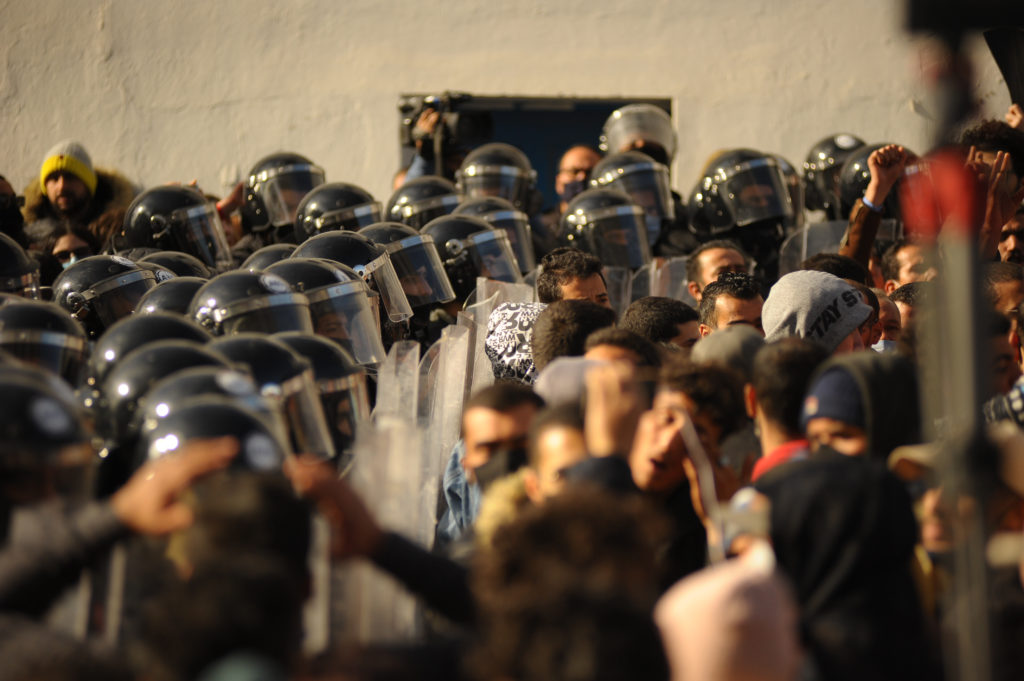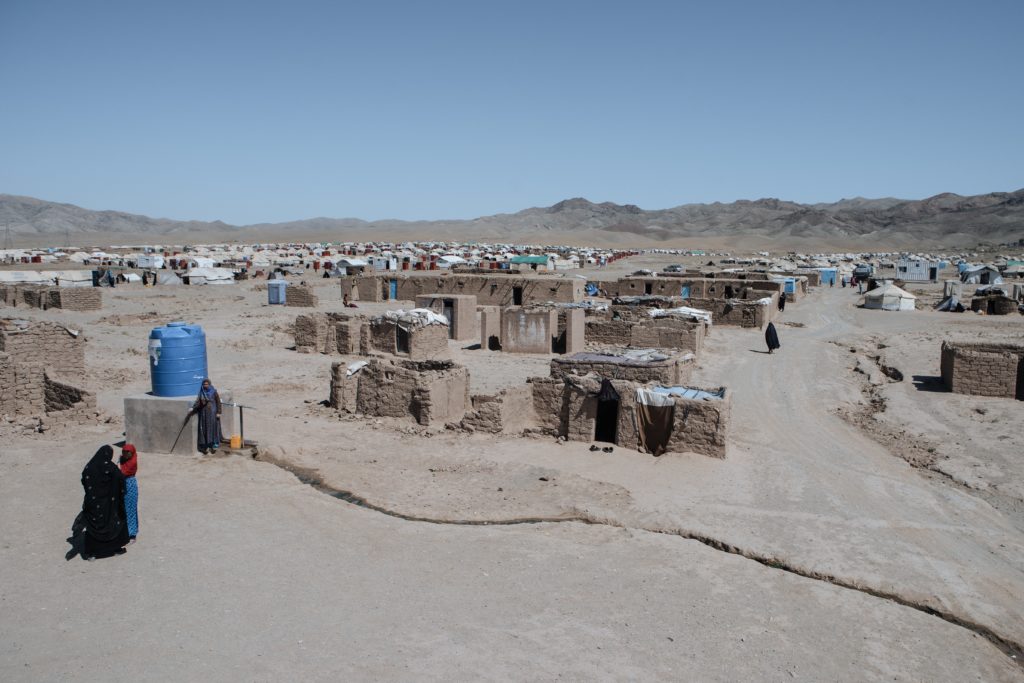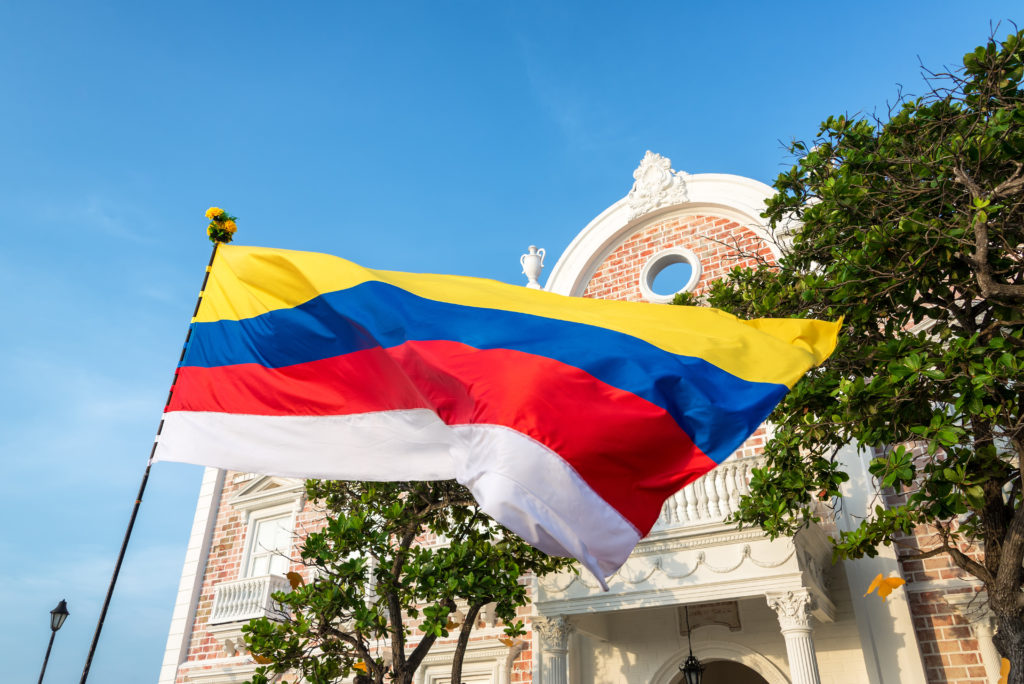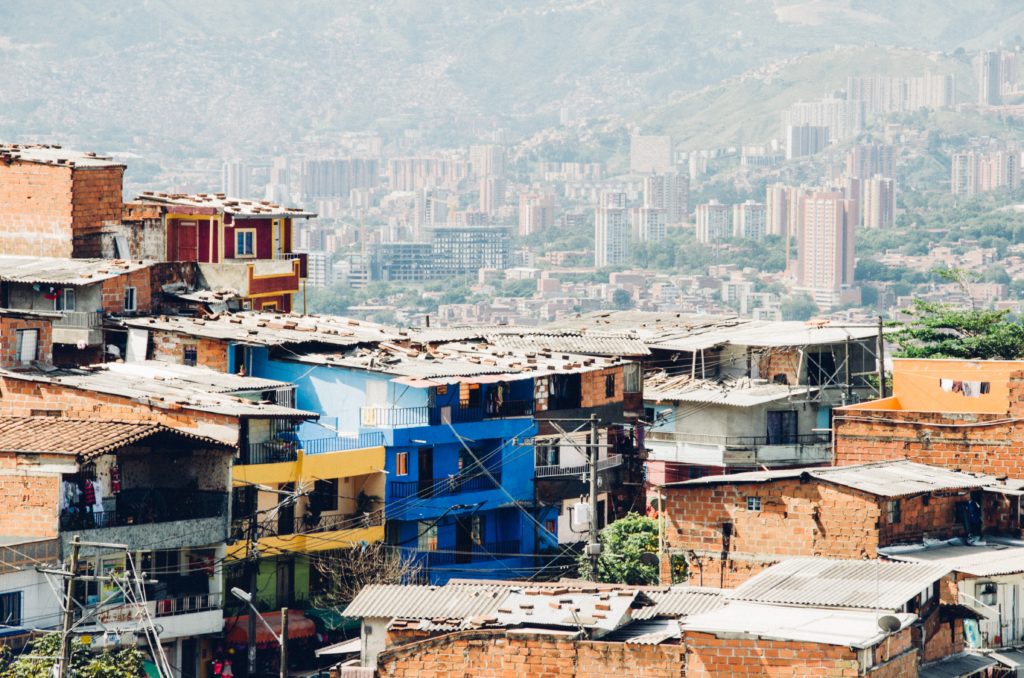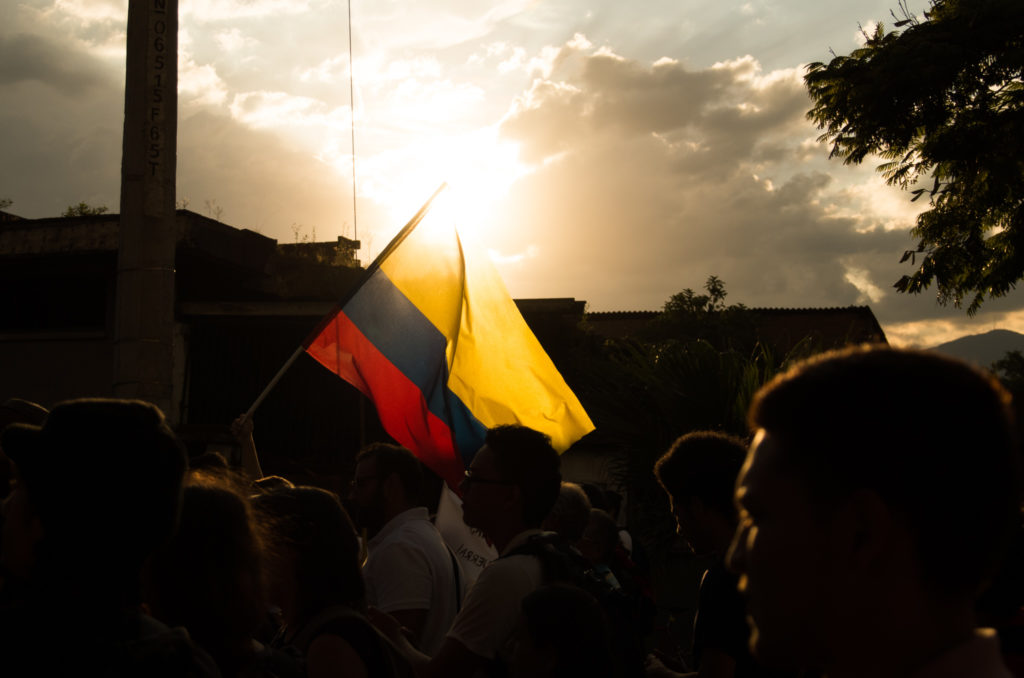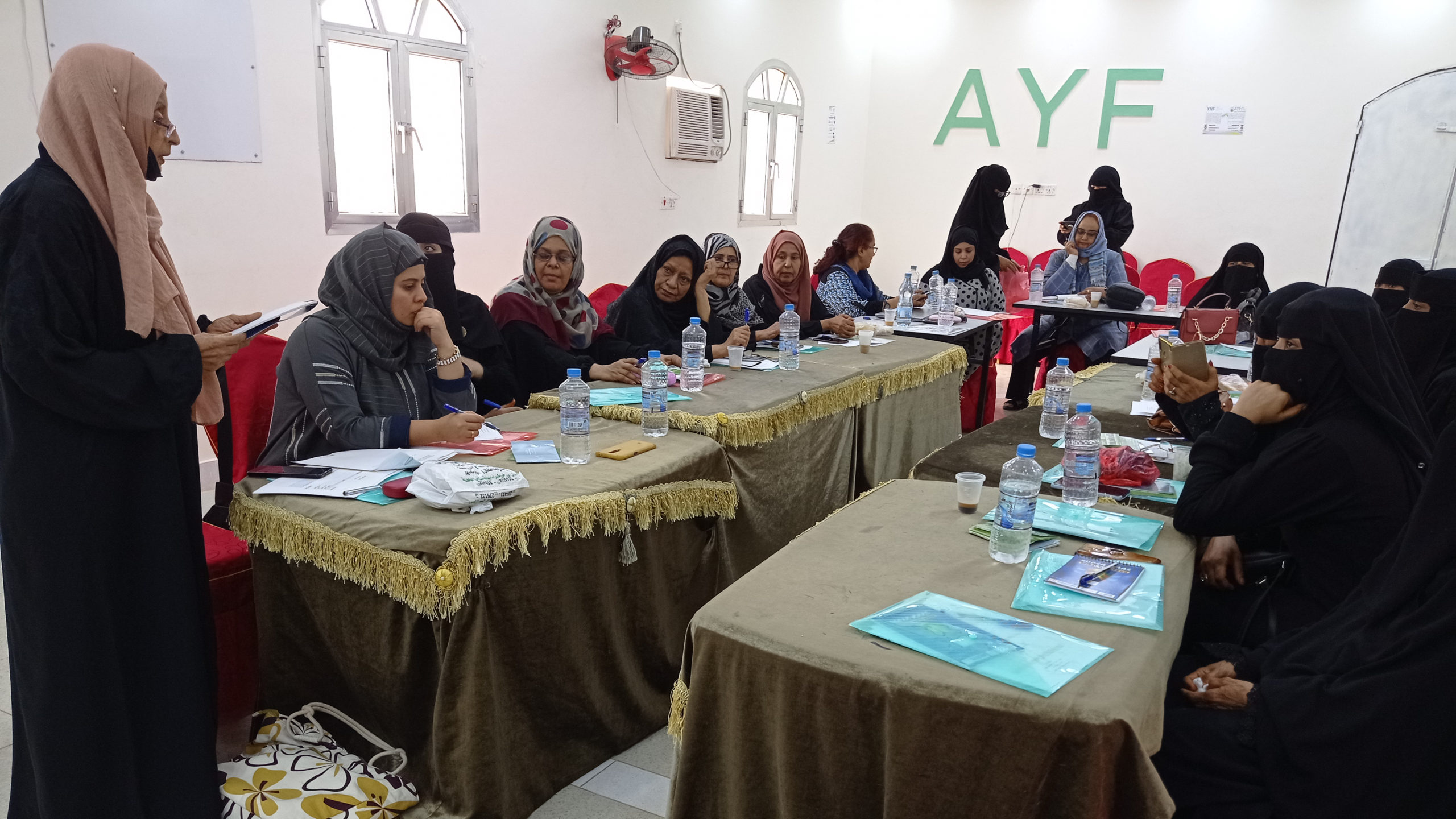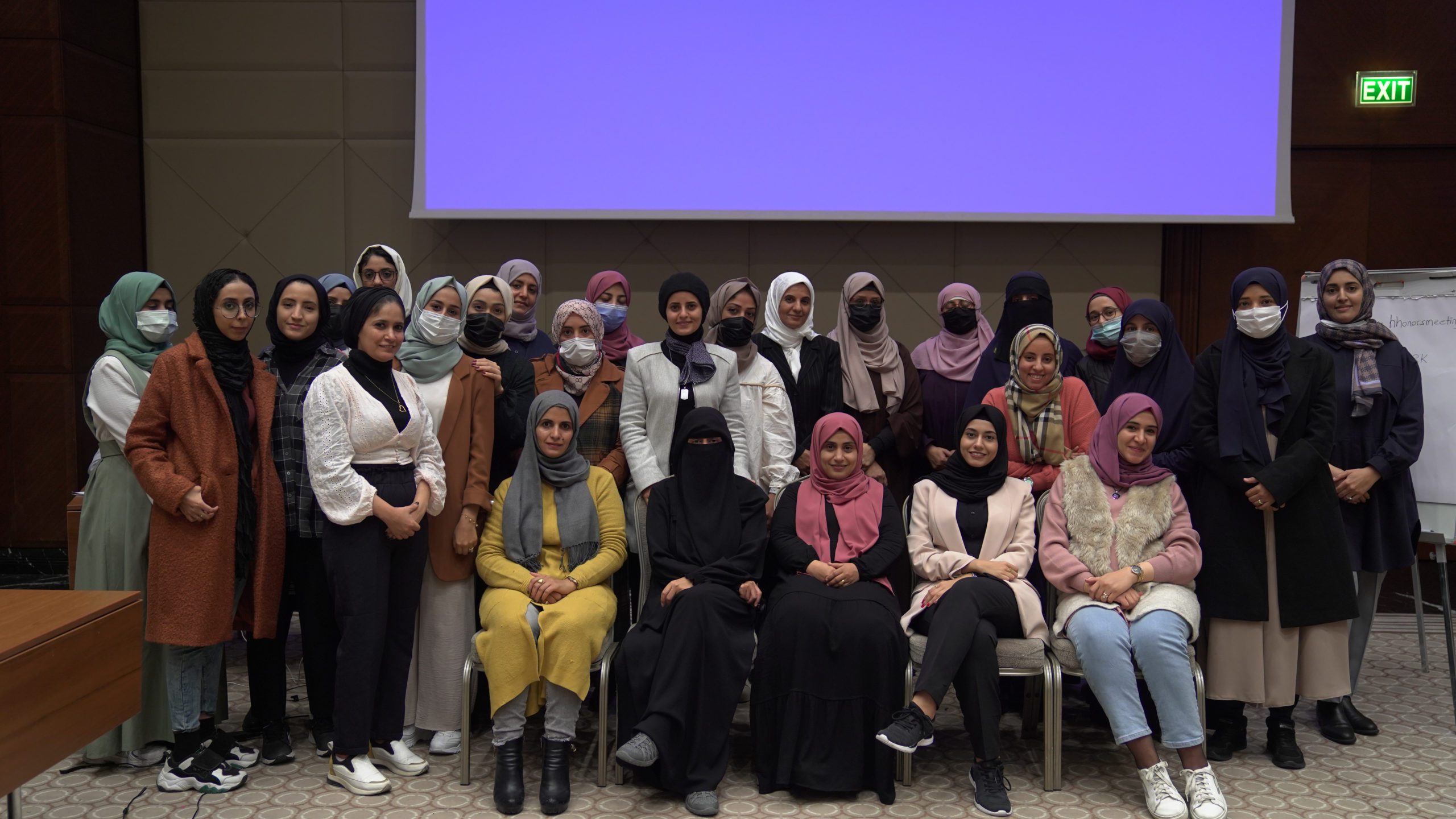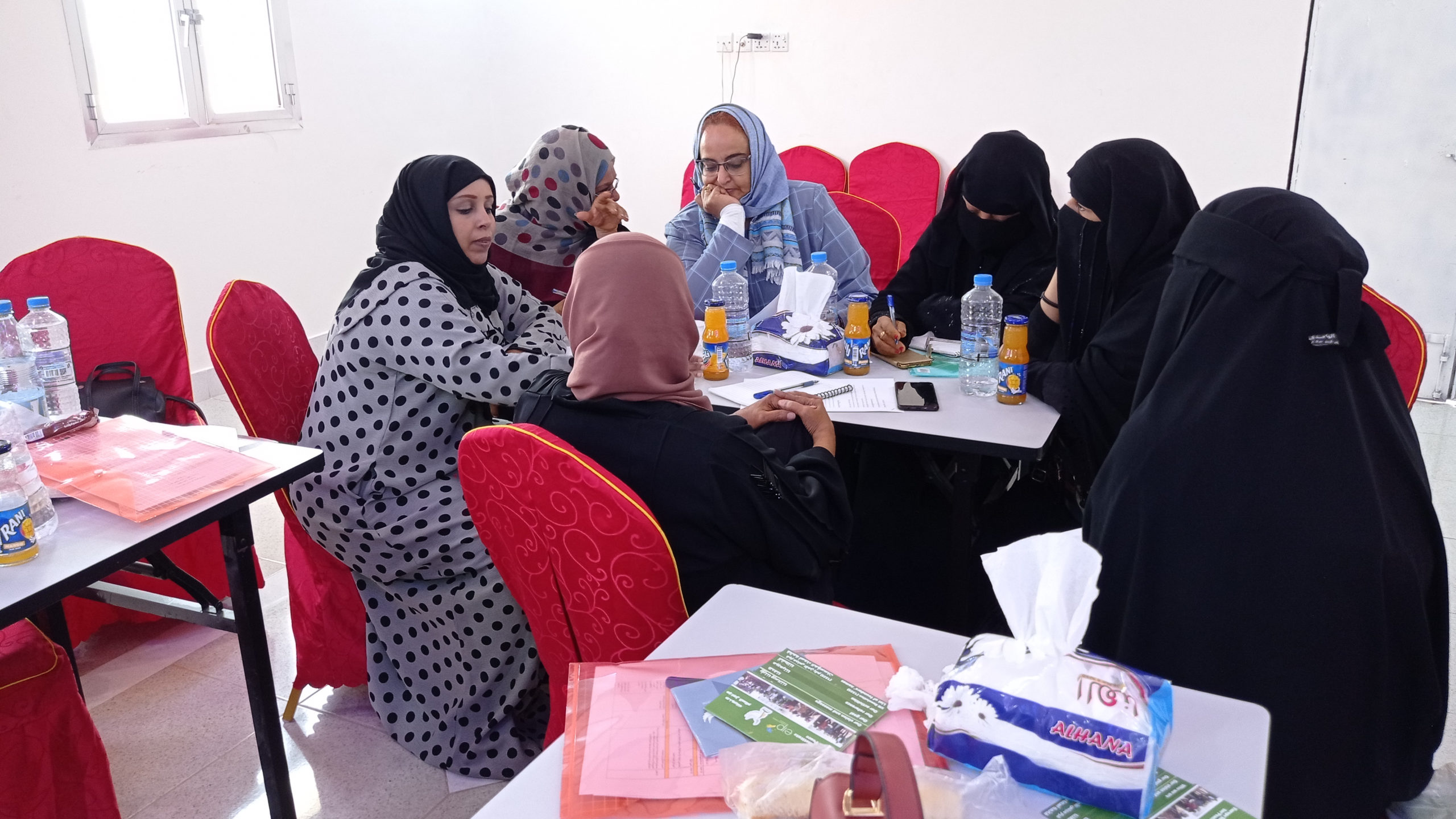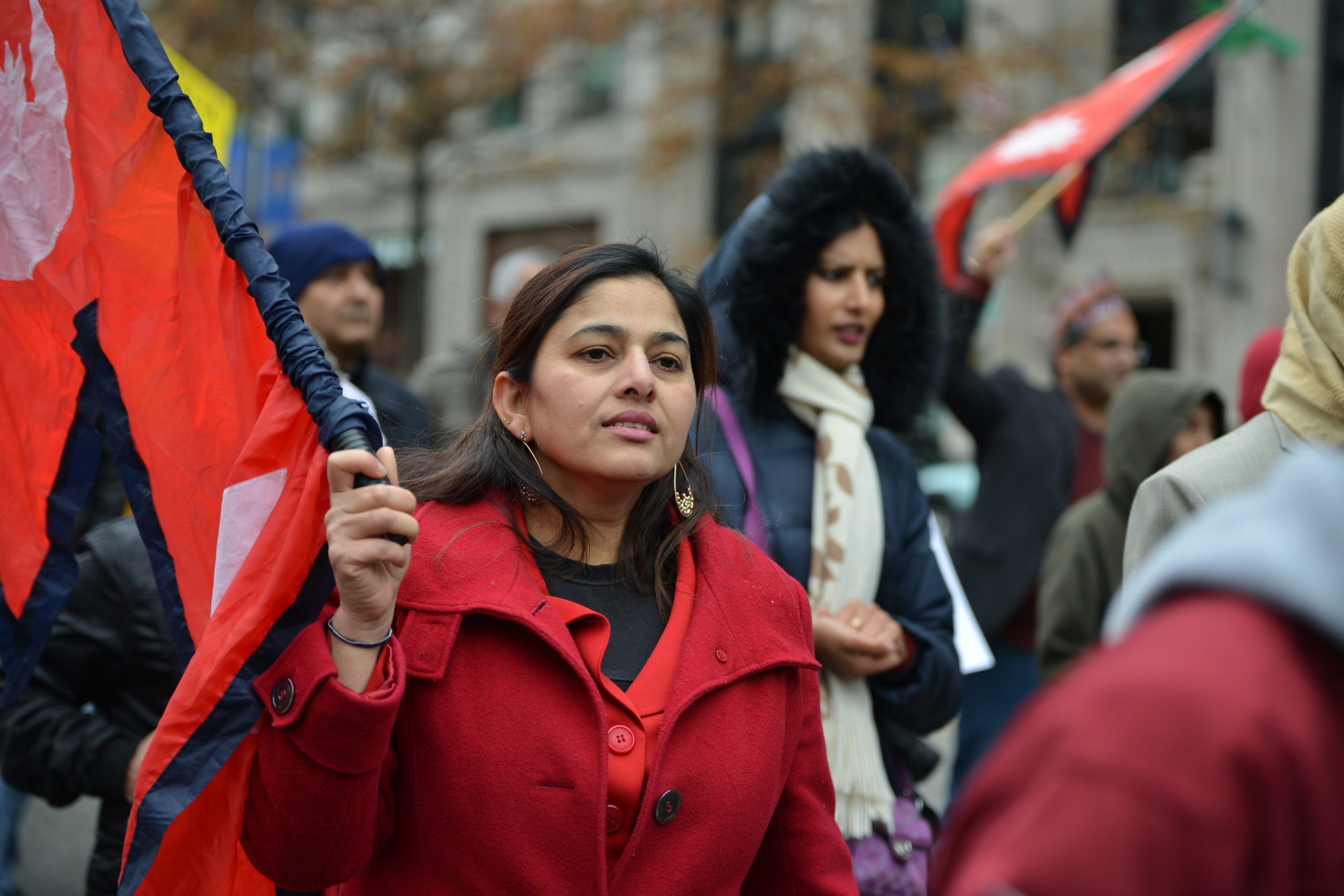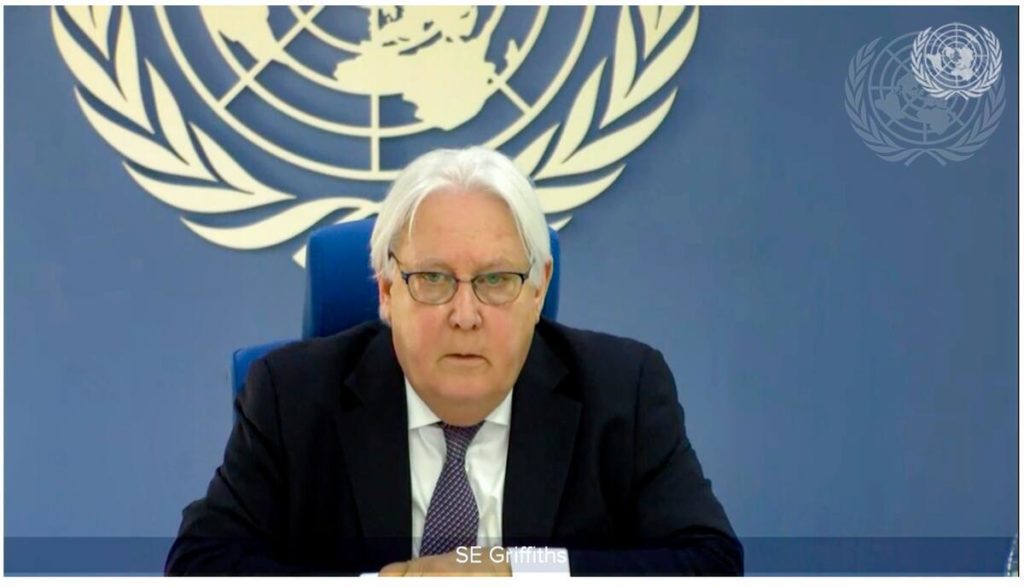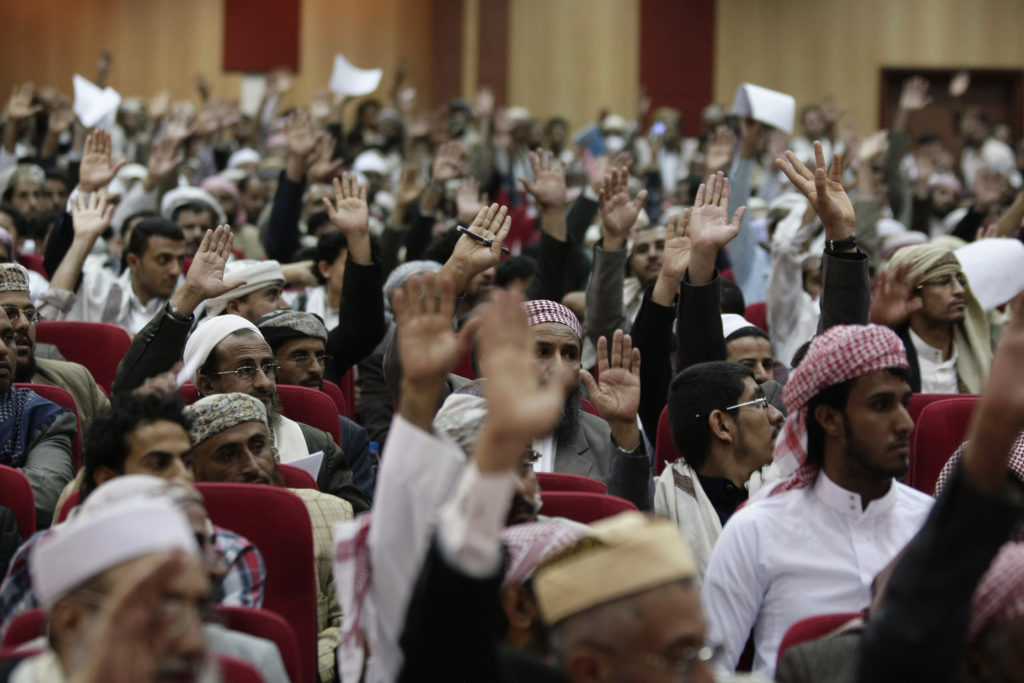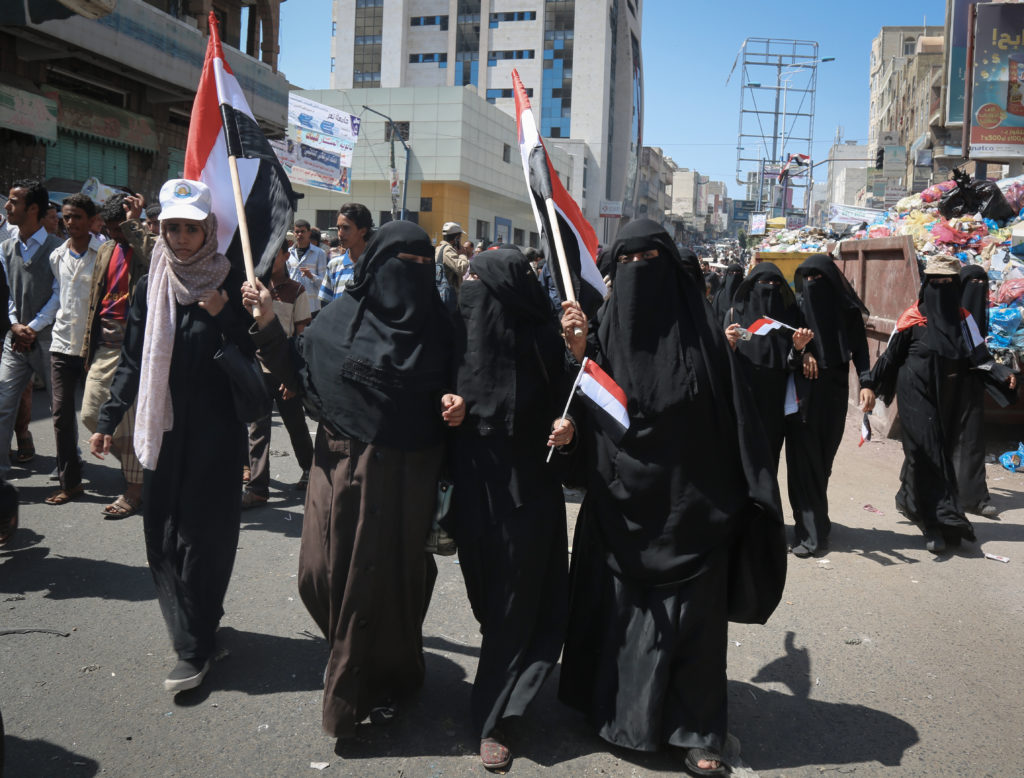In January, we hosted a discussion on the interplay between National Dialogues and national elections – we here bring you the five key takeaways built on insights from an outstanding set of experts and practitioners.
A National Dialogue does not always play out within a neat and time-bound frame that fits within the term of a government or president ruling a country – sometimes National Dialogue processes happen at the same time as tense political moments such as national elections. Our latest event in the peer exchange series explored exactly this topic and here are the key takeaways of what experts and practitioners from Zimbabwe, Kenya, Lebanon and Myanmar brought to the table.
TAKEAWAY 1: The interaction between elections and ND processes is highly complex
The discussion highlighted how National Dialogues have the potential to diffuse tensions related to elections, but also how they can be derailed or swept away by elections. National Dialogues also have the potential to be co-opted by political elites and used as ‘smokescreens’ to direct voters’ towards achieving their own political objectives.
In Lebanon, recent history clearly shows just how complex the interaction between elections and National Dialogues processes is. Recently, certain actors have called for the need for an urgent National Dialogue to address certain issues ahead of the country’s elections in May 2022. This call, however, is being greeted with scepticism by others. While the country faces mounting challenges, the need for some form of National Dialogue can be seen to be more important than ever, though the current format (and the manner in which it is tied to the political system and the electoral cycle) has proven unable to facilitate the types of conversations required on the need for structural change. This dichotomy only serves to further increase tensions, while further undermining public support in many quarters.
TAKEAWAY 2: Need to recognize both opportunities and challenges
The intersection between National Dialogues and elections presents both opportunities and challenges.
- Among the opportunities:
Elections can create entry points for moves towards National Dialogues from political elites. Politicians are trying to attract voters during elections and if actors pushing for National Dialogue processes have public back-up, it will be in the interest of political elites to support visions for National Dialogue processes.
As an example, The Council of Churches in Zimbabwe is hoping to use the run up to elections in 2023 to generate buy-in for a National Dialogues process. National Dialogues can also act as a “pressure valve” to potentially address certain issues in the lead-up to an election, or in the aftermath of an election.
- Among the challenges:
Electoral crises can lead to political tension or violence that can close down the space and hope of a meaningful National Dialogues process.
This is currently the situation in Myanmar, where both the military government and the opposition are hoping to defeat one another. In combination with a climate of civil disobedience, tensions in Myanmar are simply too high to envisage a meaningful and inclusive National Dialogue process.
TAKEAWAY 3: National Dialogues are part of long term transitions
Elections are intense periods in any society and they often prove not to be the best time to address fundamental political divisions or question the social contract of a society.
National Dialogues are excellent instruments for this, but for National Dialogues to pave the way for change within a given political system they need to be seen in a longer-term perspective. National Dialogues are part of long term political transition processes with cycles of setbacks and gains. National Dialogues can happen in sequences over many years building on the outcomes of previous dialogue processes.
In Kenya, National Dialogue processes have been part of an on-going political transition process since the mid-1990s. Elections in Kenya have proven to be a major political fault line, which have on occasion led to violent conflict. National Dialogue processes have sought to both assuage the fallout of contested elections and to undertake prevention efforts to avoid tensions around elections leading to violence. By seeing National Dialogues as part of long term transition processes, they can be seen as one mechanism for helping the country manage transition processes, and to inculcate and reinforce a broader culture of dialogue and inclusion.
TAKEAWAY 4: The political system and context influence the space for dialogue
The larger context of a political or electoral system has great influence on how National Dialogue processes play out and what opportunities for change they might bring.
In systems that require a party to win an electoral majority, there is more incentive for political elites to build a culture of dialogue and political consensus, whereas in systems that guarantee certain parties a share of power – such as in Lebanon – political parties fundamentally lack incentive to build consensus.
The political situation in Myanmar, is an example where Aung San Suu Kyi’s National League for Democracy government assessed that they couldn’t influence the National Dialogues process significantly. The National Dialogue was essentially a way for the military to engage with armed groups and not seen as a space for political contestation. This led to their focus on the parliamentary process and followingly the failure to broaden the mandate of the process and transform the military process into a more political process.
TAKEAWAY 5: The type of National Dialogue is key
The discussion also highlighted how the type of National Dialogue process influences what it can achieve. Some types of processes provide a space outside of formal politics to maintain or shape an elite deal, others are more inclusive. In Lebanon, National Dialogues have essentially served as a space to galvanize elite deals and prove, in its current form, to be ill-equipped to address calls for reform and more inclusive politics.
National Dialogues can also be a means of power projection. In a number of contexts, including in those highlighted during the session, National Dialogue processes became a superficial tool for the military to hold onto political power outside the parliament.
Our approach in the event series
By hosting this event series, Inclusive Peace contributes to a better understanding of the dynamics of National Dialogues and explores strategies to improve their effectiveness with our partners in different contexts.
Our approach is unique in the way that we address a topic of interest for National Dialogues practitioners by having peers from different country contexts lead the exchange. Country experts and international experts then have the opportunity to listen and learn from these experiences, but it is the peer exchange that is the main focus of the event.
The first two instalments in the event series, looked at the role National Dialogues can play in helping chart a way towards consensus in tough political environments, and the challenges relating to politicization of national dialogue processes. Read more about our work on National Dialogues here.
Report,
What Makes or Breaks National Dialogues?
This report is based on the National Dialogue research project and its comparative analysis of 17 cases of National Dialogues (1990 – 2014). It aims to contribute to a better understanding of the functions of National Dialogues in peace processes.
October 2017Anne Zachariassen, Cindy Helfer, Thania Paffenholz,
Briefing Note,
What Makes or Breaks National Dialogues?_BN
This briefing note summarises the findings of a research project on National Dialogues and inclusive peace processes commissioned by UNDPA. It is based on a comparative analysis of 17 cases of National Dialogues (1990-2014).
April 2017IPTI,

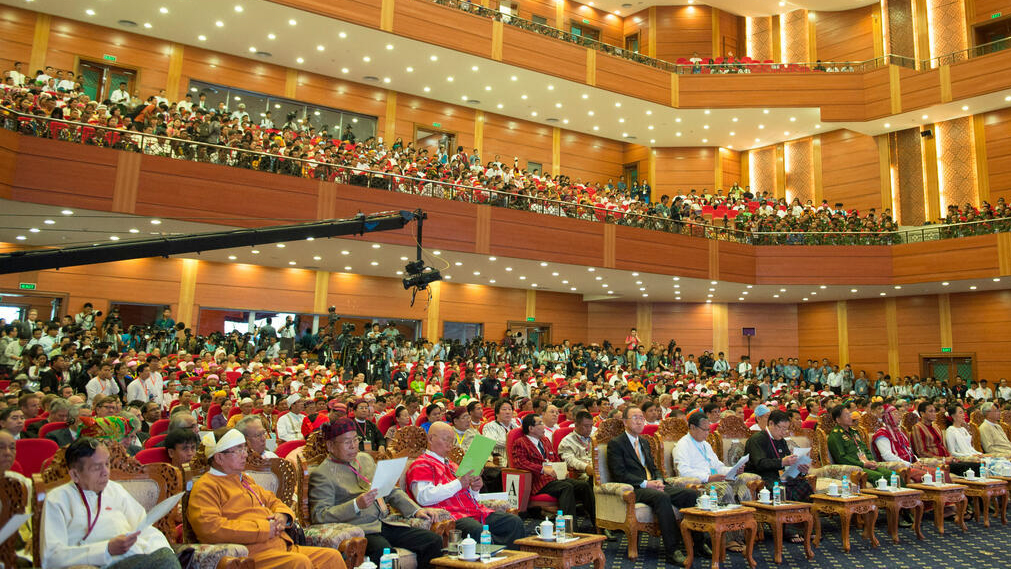

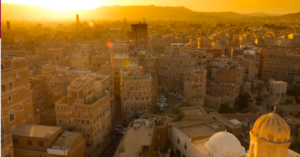
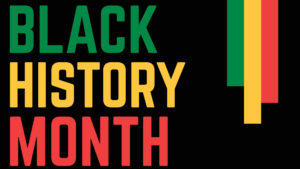
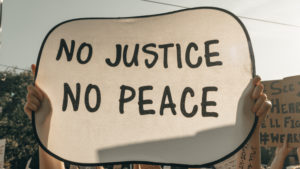 On this year’s
On this year’s 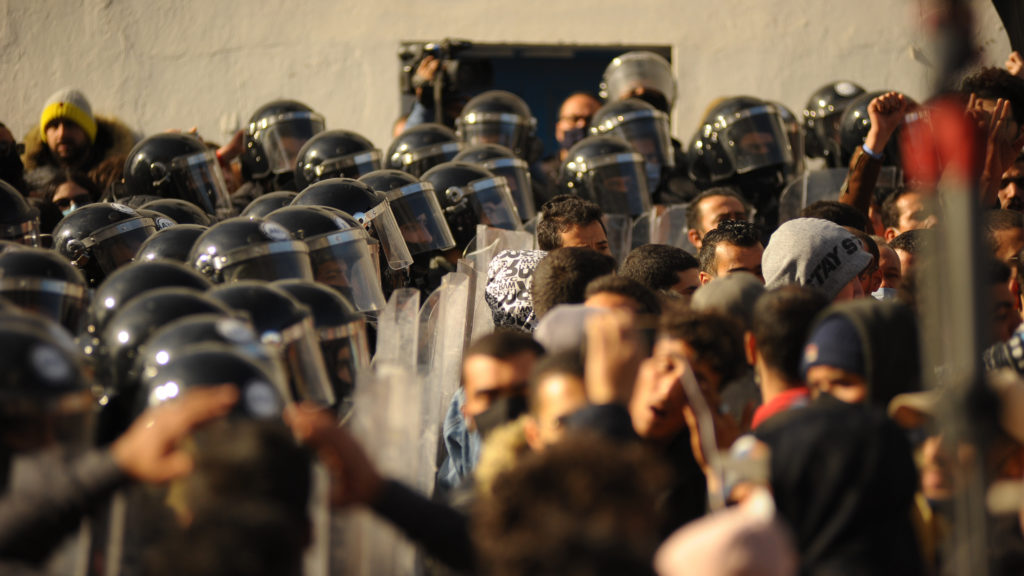
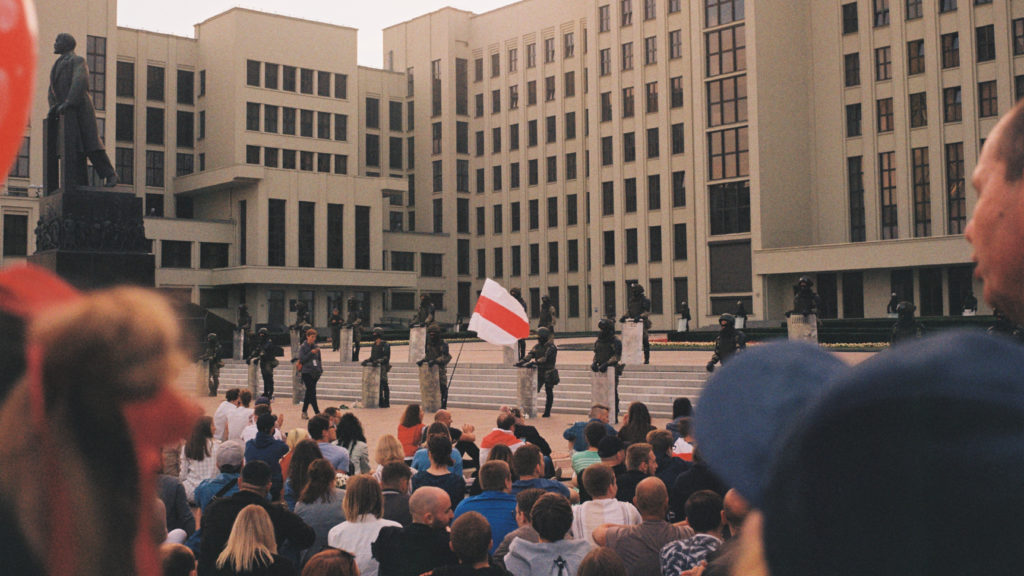
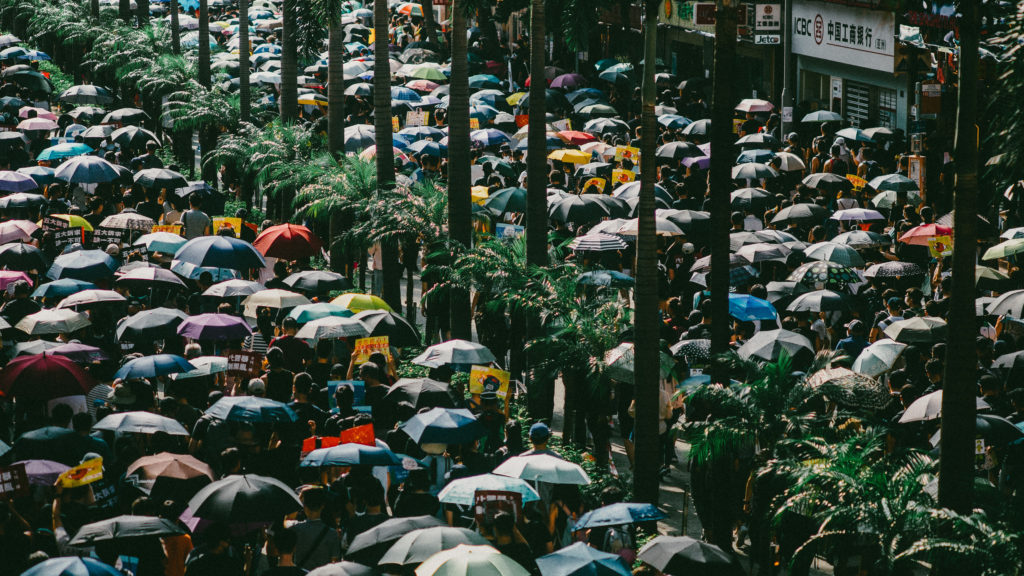
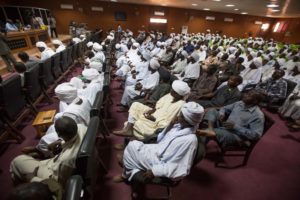
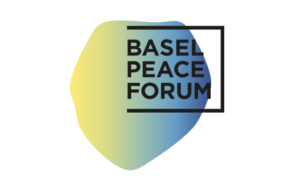
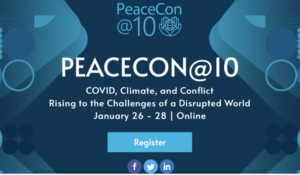 In light of recent global climate, health and political crises that have challenged our way of thinking and acting the tenth anniversary of annual Peace Conference #PeaceCon@10 aims to address these obstacles and explore pathways to overcome them. Check out the
In light of recent global climate, health and political crises that have challenged our way of thinking and acting the tenth anniversary of annual Peace Conference #PeaceCon@10 aims to address these obstacles and explore pathways to overcome them. Check out the 